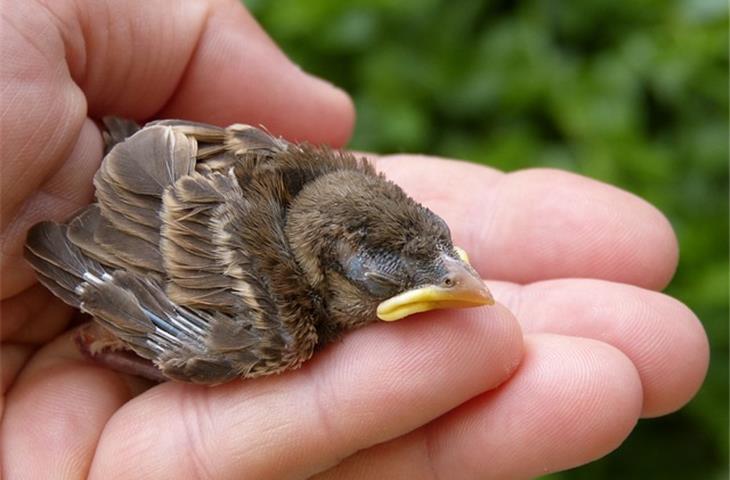NSCLC (NSCLC) therapeutic landscape has been revolutionized by the arrival of osim, particularly in patients with EGFR alterations.Despite its effectiveness, osim therapy resistance can develop, necessitating additional therapy options.After osim, the integration of immuno-oncology is such a strategy.

This article delves into the potential of immuno-oncology in the post-osim era by exploring its mechanism of action, obstacles, and future implications.The first this section covers the mechanism of action of immuno-oncology following osim use.One approach is the implementation of checkpoint blockade antibodies (ICIs).checkpoint blockade antibodies (ICIs) are a type of immuno-oncology targeting cellular immune protein, such as programmed cell death protein 1 and cytotoxic T-lymphocyte-associated protein 4. These molecules are involved in suppressing immune reaction against tumor cells. By by inhibiting them, ICIs enhance immune function's capacity to recognize and eliminate tumor cells.

An alternative approach involves vaccines against cancer.The purpose of vaccines against cancer is to boost the immune system to identify and destroy cancer cells. They can be based on entire tumor antigens, peptidic antigens, or deoxyribonucleic acid/ribonucleic acid molecules and may be used together with immune checkpoint inhibitors or alone in certain cases.Yet another approach is Chimeric Antigen Receptor T-cell (CAR-T) treatment.

CAR-T treatment modifies a patient's T-lymphocytes to express chimeric antigen receptor proteins that recognize and destroy cancer cells. This treatment method has shown potential advantages in the treatment of certain cancers, including non-small cell lung cancer.The integration of immunotreatment with additional therapies, also known as combination therapies, can be considered.
Integrating immunotreatment with additional therapies like chemotreatment or targeted treatment can boost efficacy and lower resistance risks. The most effective strategy for combining immunotreatment after osimertinib is still being researched.